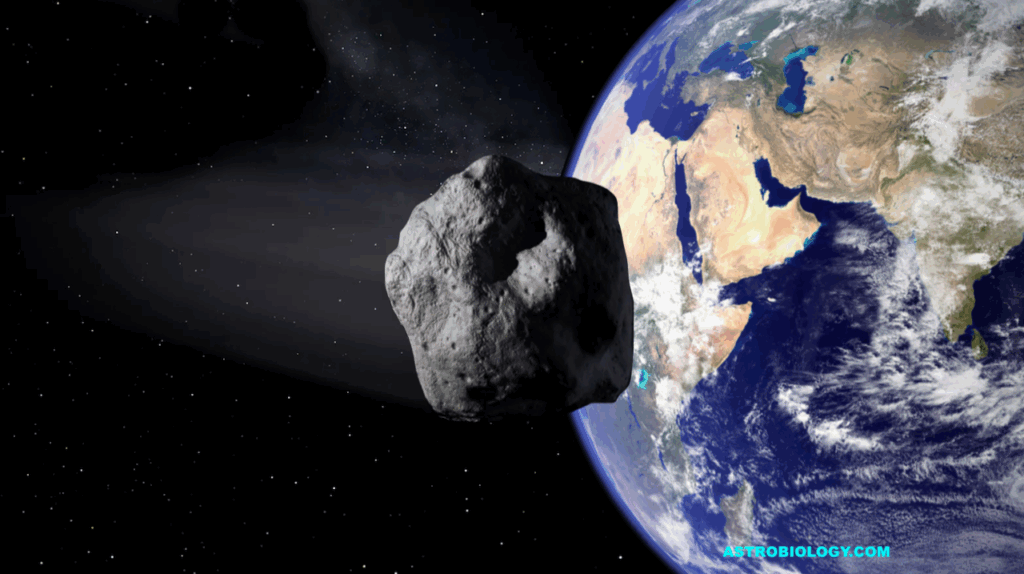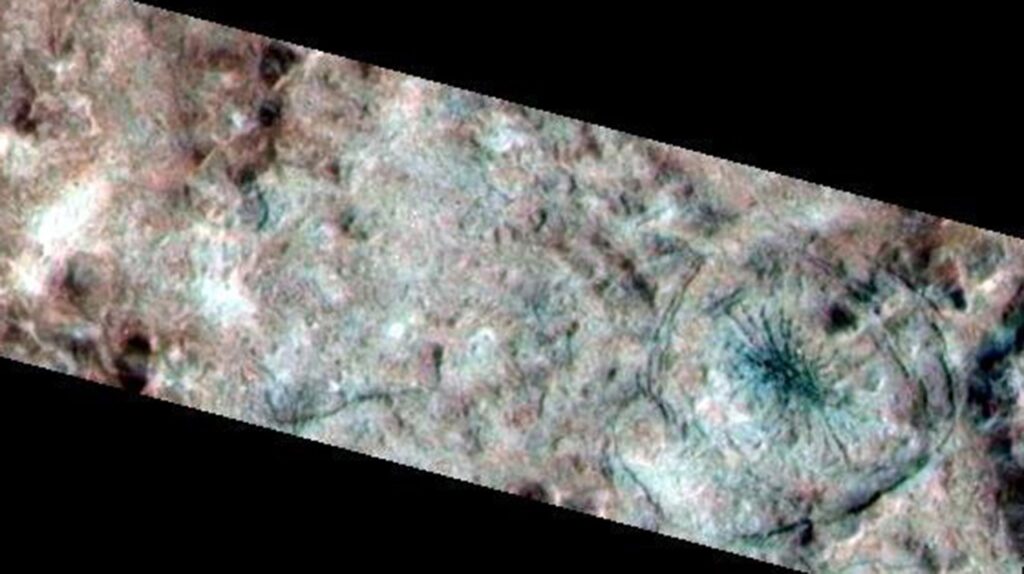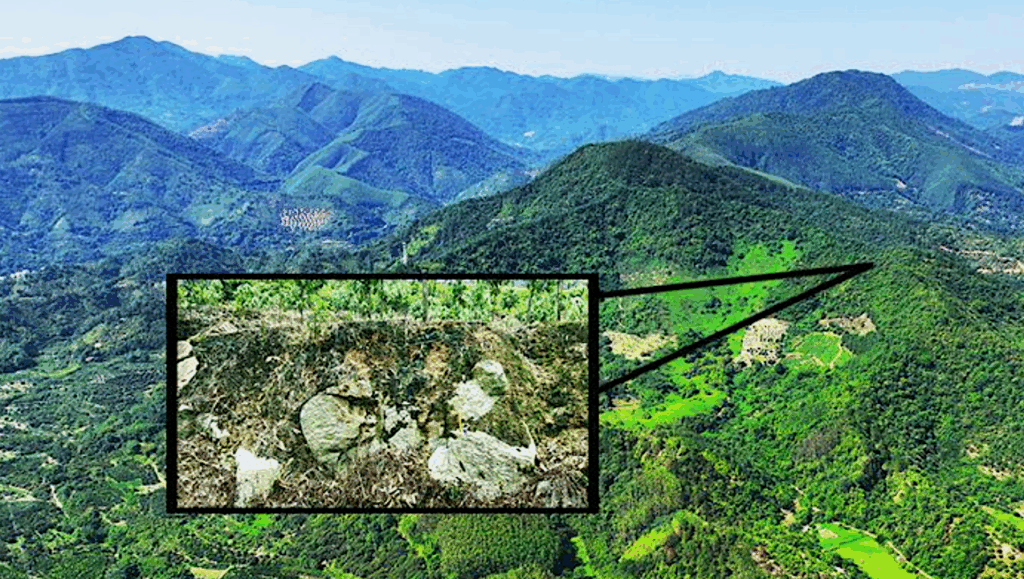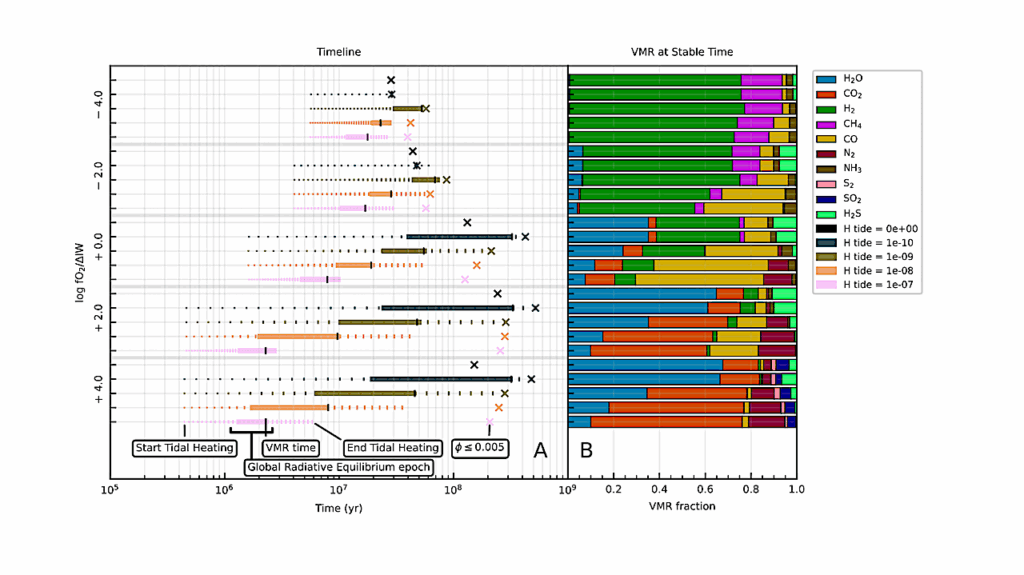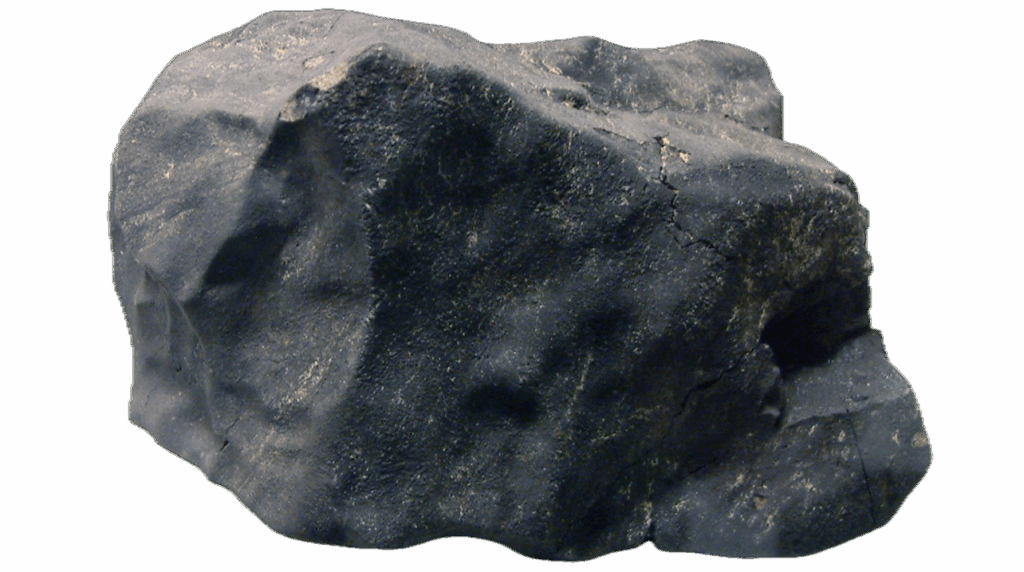Innovative Approach Reveals Environmental Mechanisms Of The End-Cretaceous Extinction
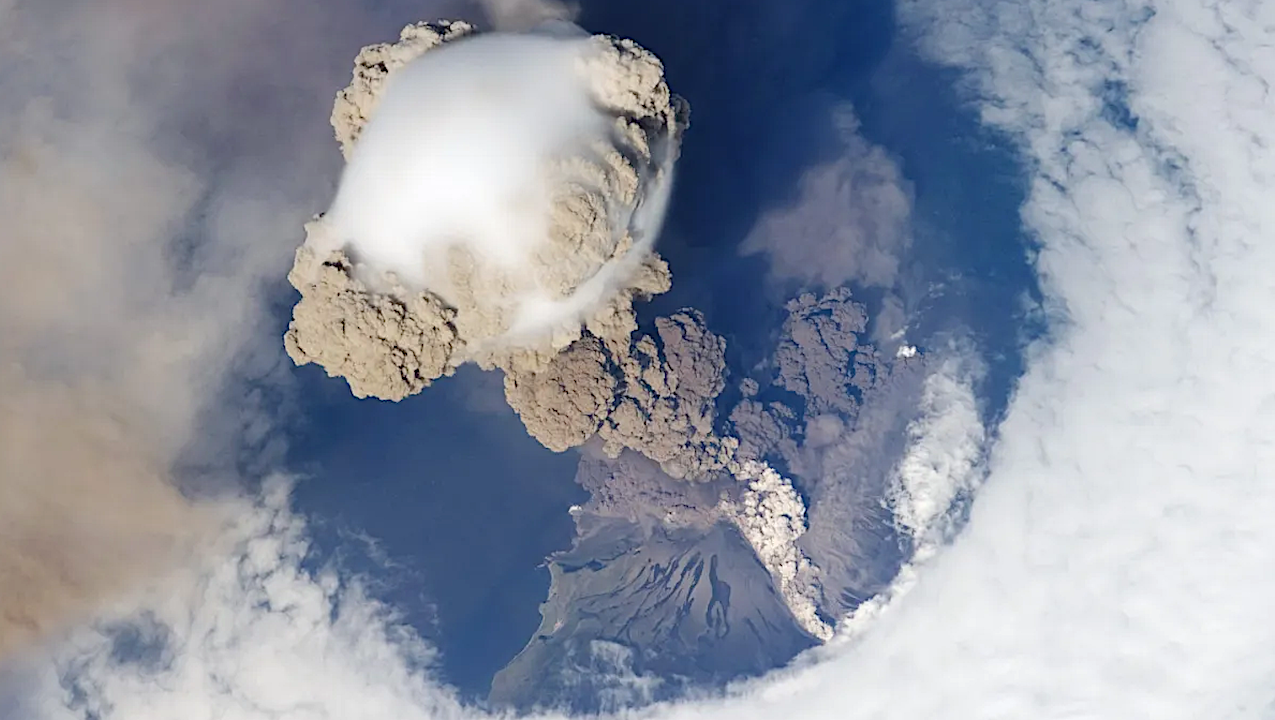
A novel approach to a question that’s been widely investigated reveals more insights about the environmental forcings associated with the end-Cretaceous mass extinction, suggesting that volcanism and other biological changes imparted stress on the global carbon cycle across the Cretaceous/Paleogene (K/Pg) boundary.
A novel approach to a question that’s been widely investigated reveals more insights about the environmental forcings associated with the end-Cretaceous mass extinction, suggesting that volcanism and other biological changes imparted stress on the global carbon cycle across the Cretaceous/Paleogene (K/Pg) boundary.
In addition to providing new insights into the factors that contributed to extinction, the approach could be useful in disentangling other complex perturbations in the Earth system and their associated climatic and biological impacts. The end-Cretaceous mass extinction, which occurred ~66 million years ago and resulted in the demise of all large tetrapod and non-avian dinosaurs, was marked by two planetary-scale disturbances – the Chicxulub asteroid impact and ongoing eruption of the Deccan Trap flood basalts.
Both events likely resulted in the large-scale release of climate-active volatiles like carbon dioxide (CO2) and sulfur dioxide (SO2) into the atmosphere, which has been proposed as a causal factor in models of extinction. However, while the chronology of these events in relation to the K/Pg boundary is well understood, their respective roles in the causes of extinction, particularly in the context of how each affected the global climate system, is difficult to disentangle.
To better understand the mechanism of extinction and the environmental forcings that contributed to it, Alexander Cox and C. Brenhin Keller combined outputs from the commonly used Long-term Ocean-atmospheric-Sediment Carbon cycle Reservoir (LOSCAR) model with a novel parallel Markov Chain Monte Carlo (MCMC) inversion scheme to predict CO2 and SO2 emissions, carbon export productivity, and remineralization changes across the K/Pg boundary, independent from the geological events that occurred.
According to Cox and Keller, the model’s results closely match physical proxy records and show decoupled CO2 and SO2 emissions as well as evidence for a two-stage drop in carbon export productivity, suggesting a two-stage extinction driven by volcanic emissions. Moreover, the authors find no clear signal of a volatile impulse at the K/Pg boundary, indicating that the Chicxulub impact may not have had a lasting effect on the long-term carbon cycle.
A Bayesian inversion for emissions and export productivity across the end-Cretaceous boundary, Science
Astrobiology


